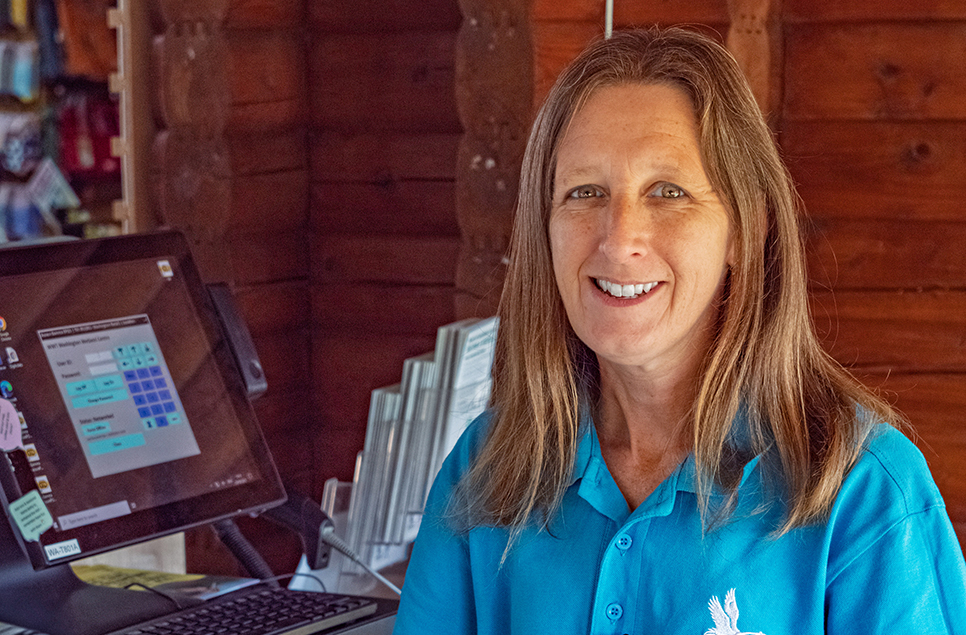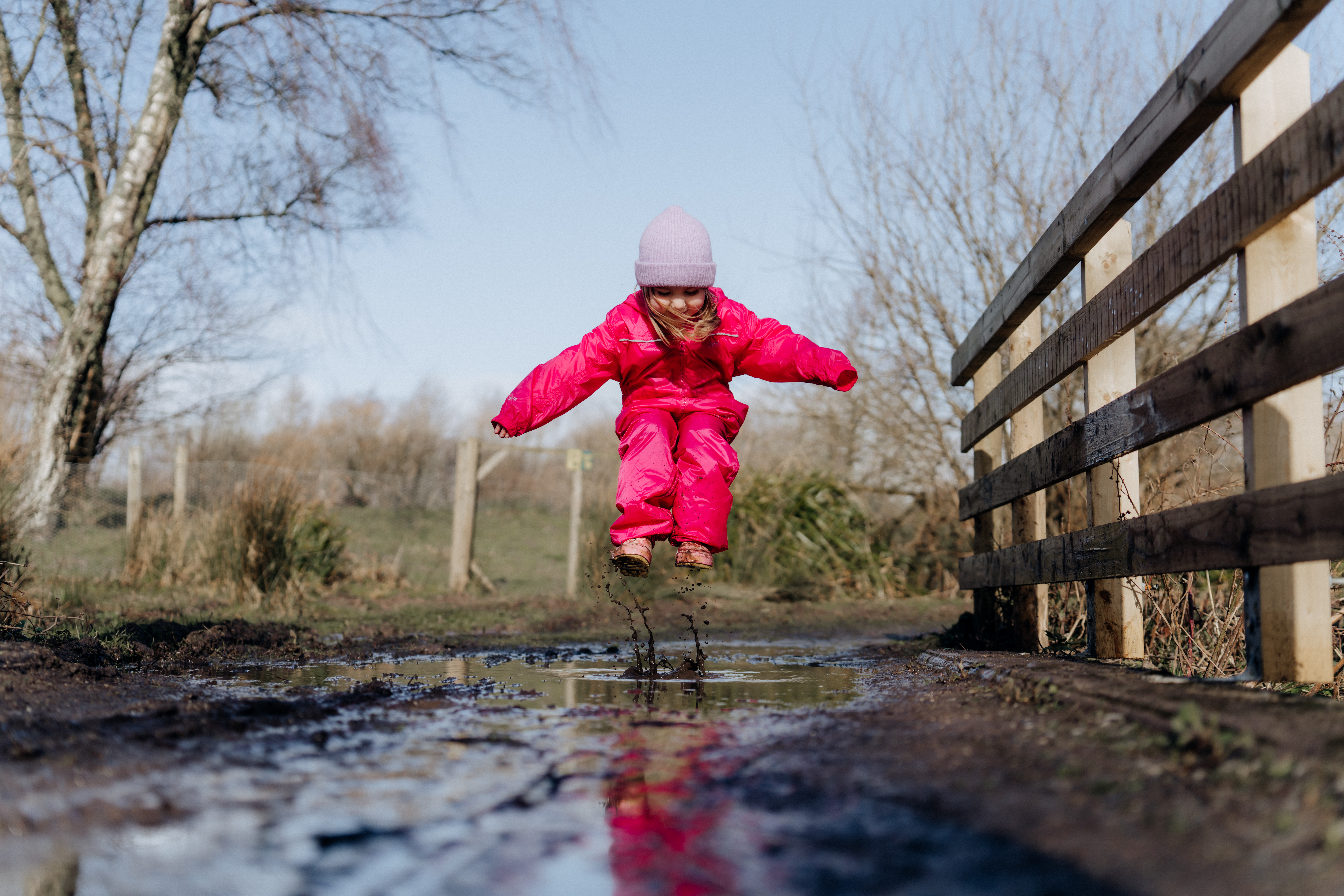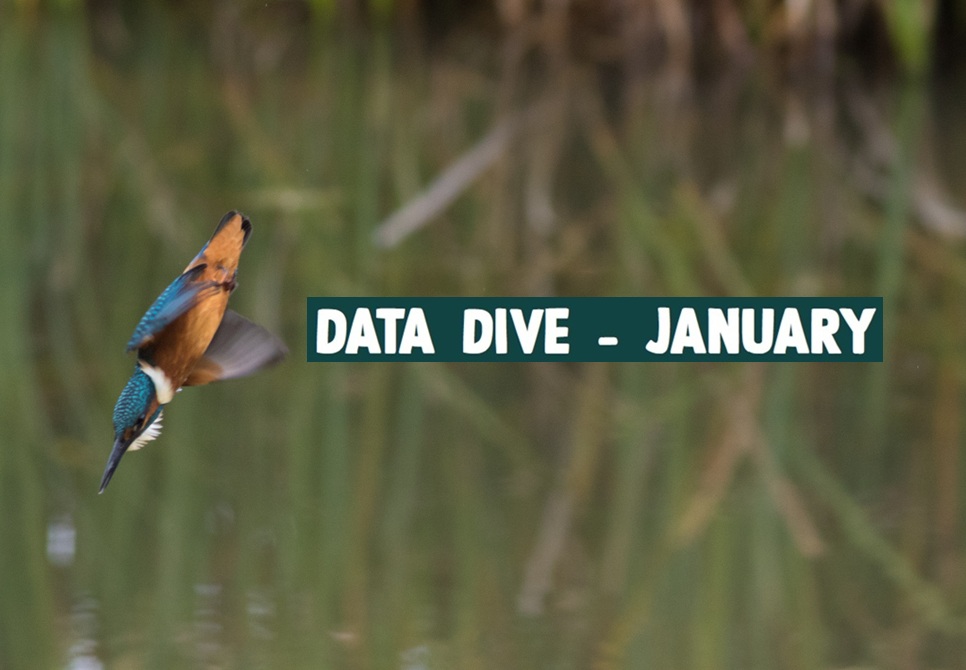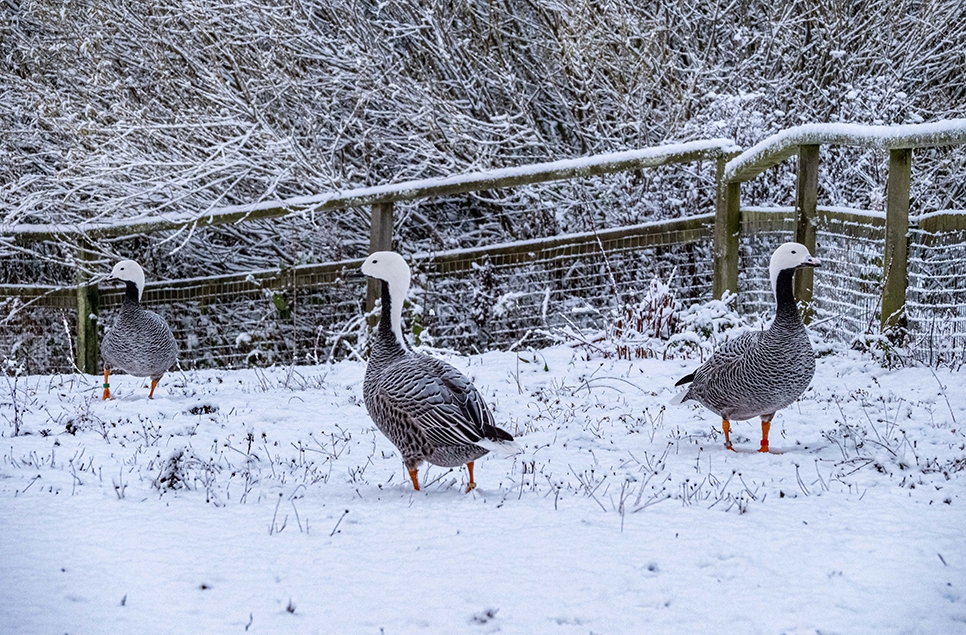Top tips to help spot a wild otter
Wild Eurasian otters are elusive - can you spot one?
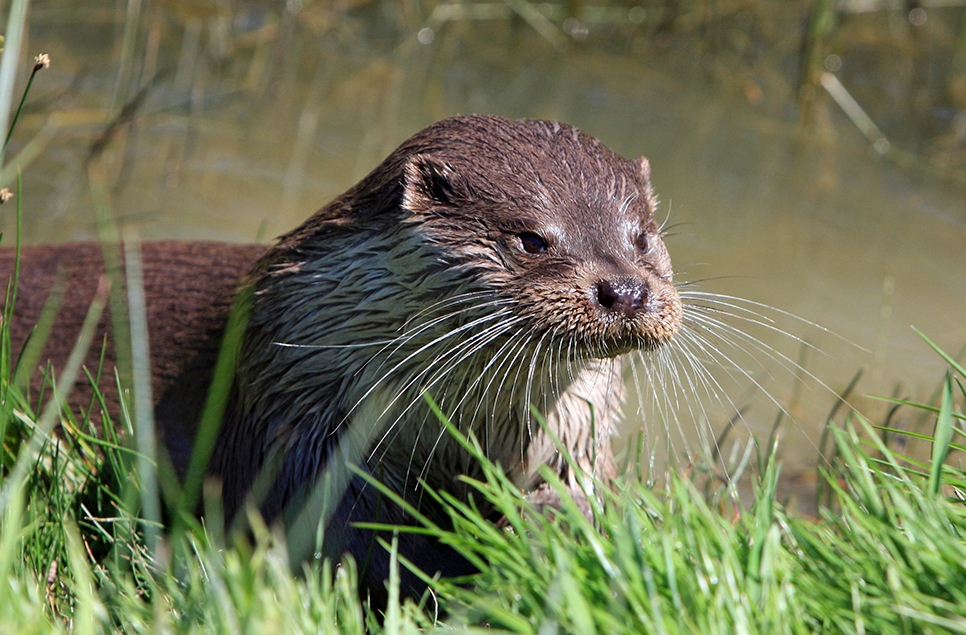
Wild Eurasian otters are notoriously hard to see. Still with a healthy river, connecting saline lagoon and a bit of patience, visitors can be treated to sightings of these fantastic wetland mammals.
WWT Washington offers a great opportunity to spot these fantastic predators. You often don’t see much - a square-shaped head pops up just above the water surface, setting off a few ripples, and your attention is grabbed, your senses on full alert.
Observing more closely in the gathering gloom of dusk, you can just make out a dog-like face and long whiskers. The animal moves effortlessly through the water and then it dives and you get a glimpse of that long, narrowing tail, confirming it beyond doubt as the wetland’s number-one predator in the UK – the Eurasian otter.
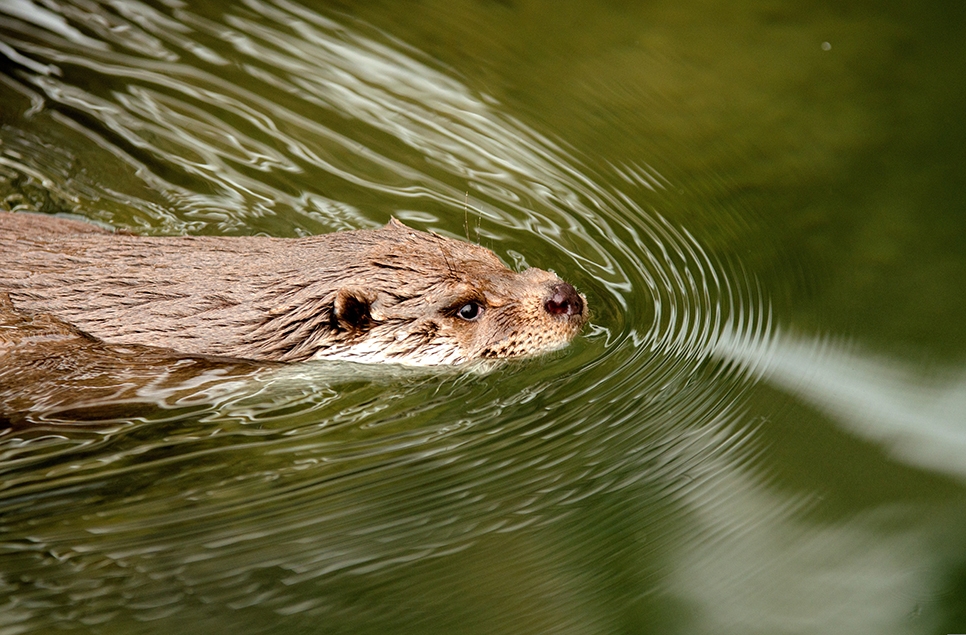
Here’s our top tips to spotting a wild otter:
- Low tide can be a great time for spotting the otter as the fish in the river are condensed into a smaller area of water, making rich pickings for an otter!
- Wild otters tend to be most active in the few hours just after sunset, making dusk the best time to see them.
- The Saline Lagoon Hide provides occasional views of otters hunting, often catching fishy prey such as flounder and trout.
- Our Lagoon View hide offers great views of the River Wear as well as the saline lagoon, so this would be a great place to spend time until the centre closes.
- Look out for unusual behaviour from ducks – this gives the game away. They will suddenly all become alert and their eyes will be fixed on the same spot; diving ducks will swim towards the edges of a lake or river.
- Birds have a similar reaction – gulls will follow the route of an otter hoping to claim a fishy scrap. Look for low-flying gulls over the river as chances are they’ve spotted a predator and will keep an eye on it!
- A good time to spot (and sometimes hear!) otters is when a female is showing her pups how to hunt and navigate its territory. The pups often give out contact calls which can give away the location! • Tracks and signs such as footprints, food remains and spraints are a good indication an otter has been around. Look for an area otters might feed from, such as large logs or stones.
- Look to the edges of the river and lake as they tend to swim leaving a visible V-shaped wake. A great place to look for this is from Window on the Wear viewing screen. They can occasionally be seen feeding on the shore below the screen if you’re lucky!
- Finally, have patience! Like most wildlife encounters, they can take time to find. But an otter sighting isn’t just a sighting; it’s an event and one that you will remember!
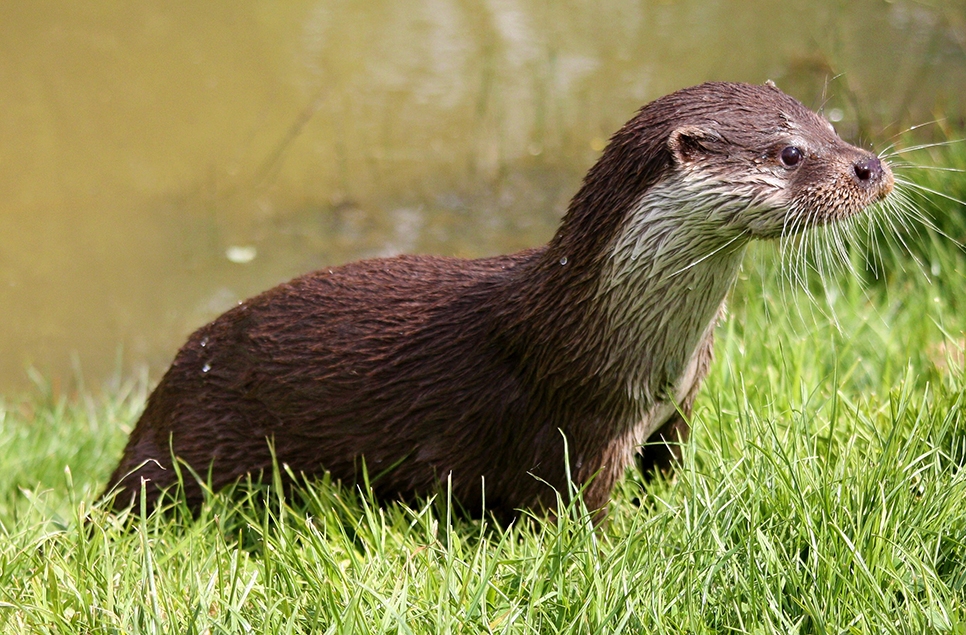
Other otter facts about Washington
Our reserve team at WWT Washington, led by reserve manager John Gowland, manage the reserve to encourage these otters onto the wild areas of our site.
In 2012, we introduced a breach at the saline lagoon which is fed by the tide from the adjacent River Wear. We also created hedges under which otters can feed without hassle. Being undisturbed is important for this species and each individual will have several hideaways, or ‘holts’, out of sight within tree roots, in drains or culverts.
In 2015, we introduced several man-made holts to further encourage otters to stay in the area or encourage breeding – which has seen success following sightings of family groups.
Our reserve team continually manage the reserve to encourage otters (and other mammals) to visit. The habitat around the Saline Lagoon has matured and the reedbed is now acting as a fish reef nursery, which in turn is encouraging the otter as well as a host of fish eating animals such as kingfisher and little egret.
Otter family ties
An otter has just one litter a year, of two or three cubs; perhaps surprisingly, the females can give birth in any season, though in the Northeast, breeding is more confined to the summer months. Besides mating, males play no further part in family life – this is typical of British carnivores. Once weaned, cubs may remain with their mother for a year or more, and most multiple sightings of otters are of family groups.
Not surprisingly, with several mouths to feed, the mothers are completely dependent on finding a rich supply of food within their territory if they are to raise their cubs to independence – so it’s a great sign if you see a family of otters as you know the area is rich in biodiversity! So next time you visit Washington, keep your eyes peeled for otter signs – and you might even hit the jackpot.
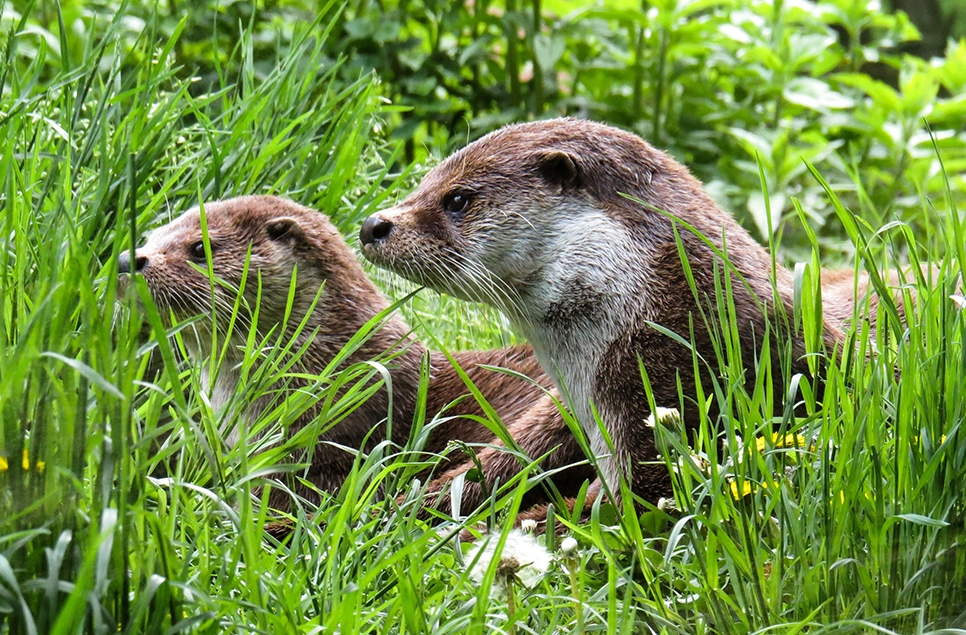
Ready to visit?
If you've been inspired to explore Washington Wetland Centre, find out more and plan your visit online.
Plan your visit